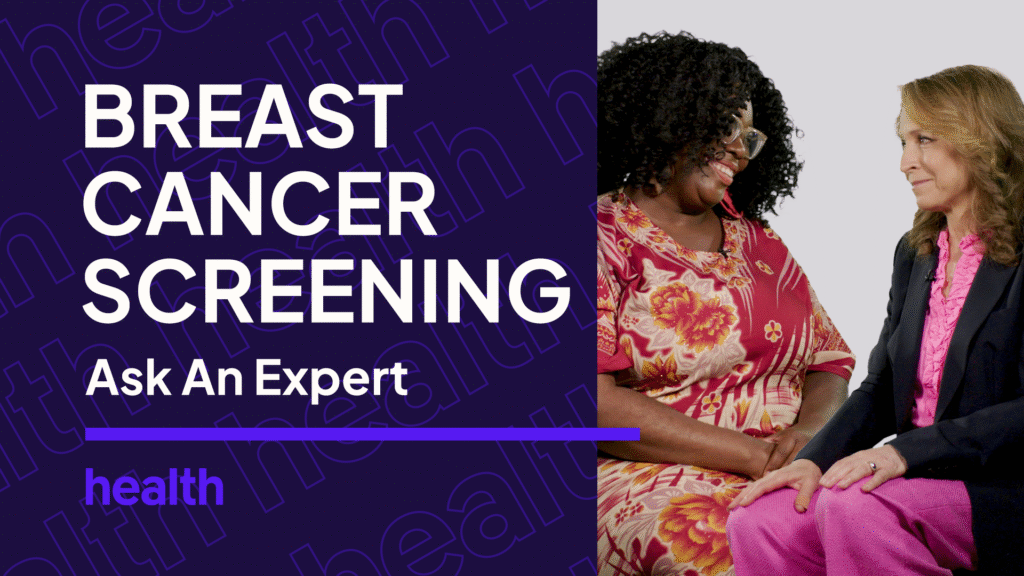For radiation oncologist Marisa Weiss, MD, breast cancer prevention is personal.
Weiss, who founded BreastCancer.org in 2000, received a stage 1 breast cancer diagnosis during a routine mammogram in 2010. Because she caught the cancer early, she was able to treat it with surgery and hormone therapy, bypassing the side effects that come with chemotherapy and radiation. Today, she’s a survivor.
“Mammograms every year give you your best shot at early detection,” Weiss told Health.
The U.S. Preventive Services Task Force recommends mammograms every other year beginning at age 40, so not all insurance plans will cover annual screenings. If yours doesn’t, or if you’re under 40, self-exams and symptom awareness are crucial for identifying breast cancer early.
“If you feel something or see something that you’re concerned about, check it out,” said Weiss. “You’ve got to speak up, find your voice, and make that phone call.”
Weiss’s rule of thumb? Use three fingers to apply variable pressure as you pat across the breast, feeling for lumps. But a self-exam shouldn’t just involve touch; look for visual changes or abnormalities on your breasts, too.
Don’t panic prematurely! Weiss says eight out of ten lumps are benign, or non-cancerous. Plus, lumps can come and go before and during your period, as well as during pregnancy. Still, any new lump is worth a message to your doctor.
While mammography and self-exams can tip you off to many breast cancers, inflammatory breast cancer is identified visually. Pay attention to changes in breast size, skin texture, swelling, and red or pink coloration.


